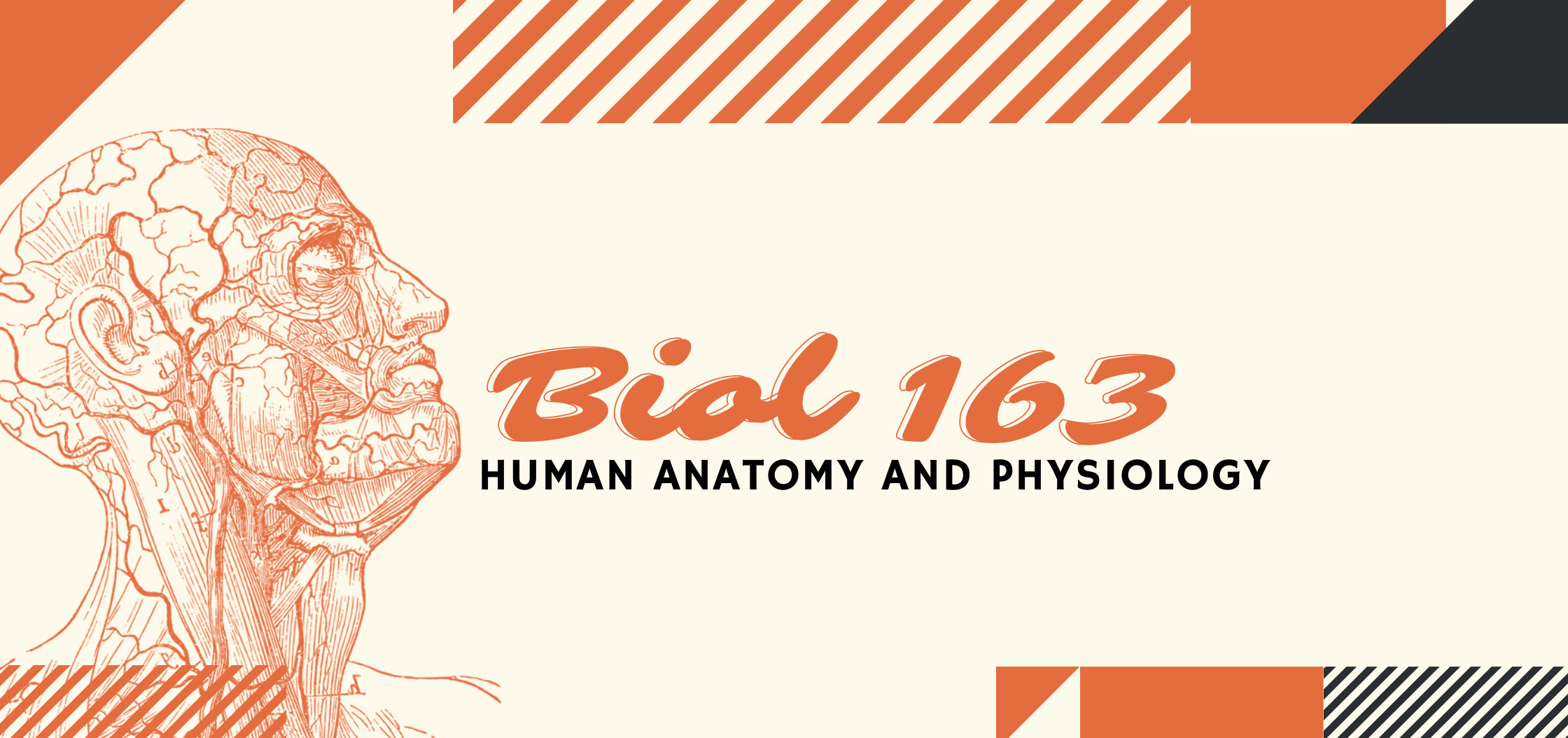This course provides undergraduate students with understanding on the fundamental concepts and principles of the structures and functions of the human body. This includes the cells, tissues, and organs of the following systems: integumentary, skeletal, muscular, nervous, cardiovascular, lymphatic, immune, respiratory, digestive, urinary, endocrine, and reproductive system. This course emphasizes the interrelationship of these systems in growth, reproduction, development, and regulation of physiological processes to attain homeostasis.
This course offers a wide array of learning activities (e.g. discussion-based lectures, computer simulations, infographics making) to cater multiple intelligences. These learning activities are carried out in a flexible/blended format, and the course content and learning materials are accessible through the Moodle Learning Management System (LMS) provided by the University.

- Teacher: Florence Jhun Almadin
- Teacher: Cinderella Jr Raganas
- Teacher: Jashin Rosal
